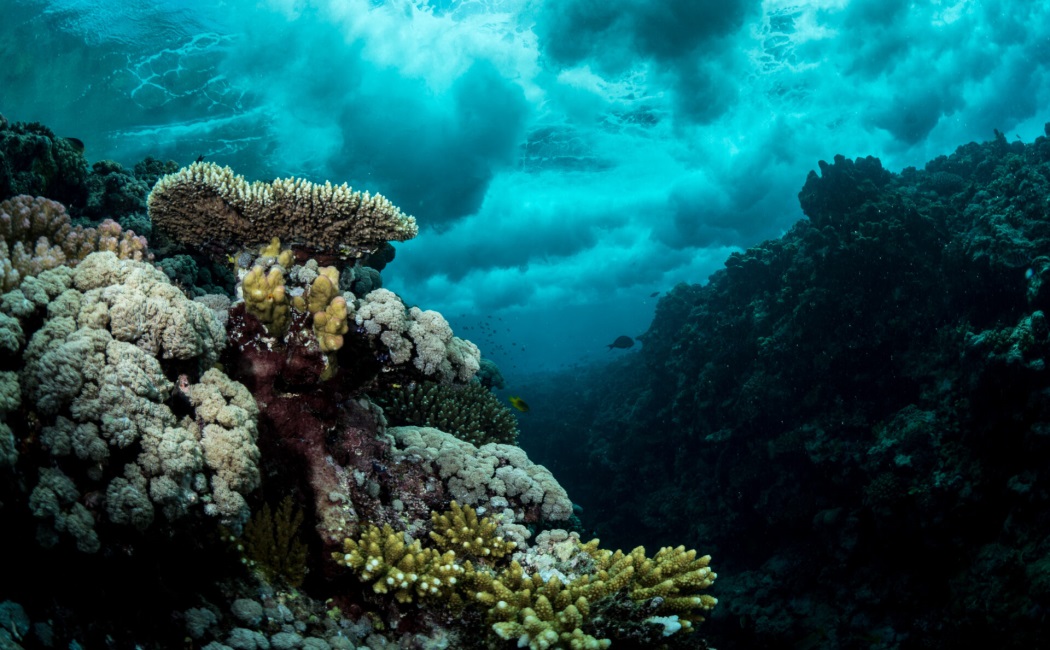
AI reveals the universal beauty of coral reef growth
22 July, 2025
“The first global-level assessment of the number, size and properties of shallow-water tropical coral reefs suggest that restoration is more achievable than previously thought,” suggests KAUST faculty and marine ecologist, Carlos M. Duarte
Tropical coral reefs form some of the largest living structures on Earth, offering shelter and sustenance to numerous marine creatures, and providing livelihoods and food to coastal communities. However, these essential marine ecosystems are facing significant damage and degradation due to climate change and human activities.
The Kunming-Montreal Global Biodiversity Framework aims to halt and reverse global biodiversity loss by 2030, but scientists have been missing vital fundamental data on coral reefs that would enable viable restoration and protection projects to get underway.
“Where exactly are tropical coral reefs located? How large are they? What spatial patterns do they exhibit and why?” asks Duarte.
CLICK HERE TO READ THE FULL STORY